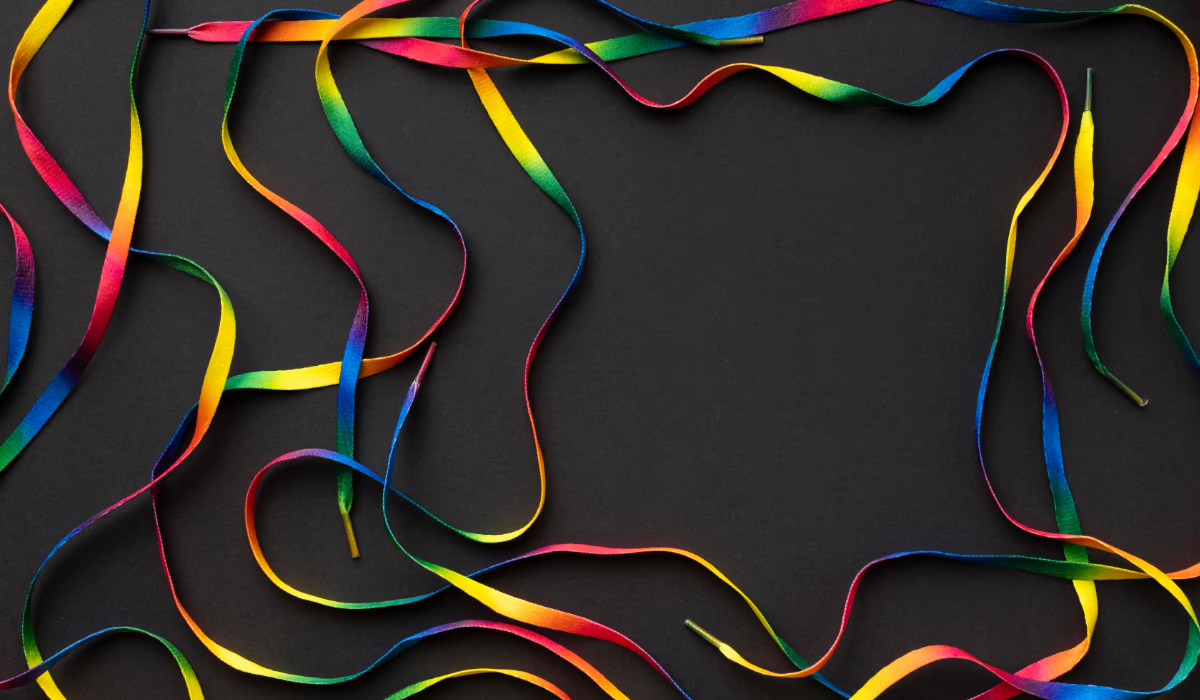Subway tile design draws from a classic rectangular tile laid in simple, clean patterns. It offers both durability and timeless appeal for kitchens. Its shape and layout give flexibility—subway tiles can support both traditional and modern kitchen decor styles.
Designers no longer limit subway tiles to the original white, 3×6-inch format. Now there are many sizes, textures, and colors. These changes help subway tile adapt to more creative, personalized kitchen styles without losing its heritage.
Also, the way tiles are arranged—layout—plays a big role in how the backsplash impacts the whole kitchen. The pattern and grout color can emphasize or downplay features, create visual movement, or make spaces feel larger or cozier.
Popular subway tile layouts and their effects
Running Bond (Classic Brick Offset)
This is the standard layout: each tile is offset halfway from the one above or below. It’s forgiving in terms of cuts, easy to install, and feels familiar. The classic running bond works well with many kitchen styles—from farmhouse to modern.
Using larger tiles in this layout can make a kitchen look cleaner and more streamlined. Smaller ones will give a more textured and traditional feel. Contrast in grout color accentuates each tile; matching grout softens the look and emphasizes the overall wall rather than each individual tile.
Stacked Grid (Horizontal or Vertical)
Horizontal stacked grid—tiles aligned directly over each other in rows—gives a neat, orderly feel. It suits minimalist kitchens that lean toward clean lines and modern elegance. Vertical stacked layouts draw the eye upward, making ceilings feel taller.
Using vertical stacking behind windows or open shelves can be particularly dramatic. Repeating the layout in rise and run can help maintain harmony with cabinets and other fixtures, especially in compact kitchen spaces.
Herringbone & Diagonal Patterns
Herringbone layouts arrange tiles in zigzag patterns, offering energetic movement and visual interest. These patterns shine when used in smaller sections—like an accent wall or behind the stove—so they don’t overwhelm.
Diagonal or 45-degree patterns also add drama and make spaces feel more dynamic. They often require more cutting and higher installation cost but deliver a standout look.
Creative twists on standard subway tile ideas
- Mixing tile sizes (long rectangles paired with standard shapes) for varied rhythm.
- Contrasting grout: dark for defining shapes, light for blending surfaces.
- Using color: bold tones, earthy shades, or tinted tiles to add character.
- Textured or glossy vs matte finishes: texture adds depth; gloss reflects light.
- Extending tile all the way up to the ceiling or wrapping behind shelves for seamless transitions.
Conclusion
Subway tile backsplashes remain one of the most versatile and enduring kitchen style choices. Whether you go with a classic running bond, a stacked grid, or a bold herringbone layout, the right tile, grout, color, and pattern can transform the kitchen. Thoughtfully chosen subway tile design ideas and layouts bring elegance, character, and a fresh personality to your space.
FAQs
What layout pattern is best for a small kitchen?
Vertical stacked or narrow running bond layouts help draw the eye upward, making the space feel taller and more open.
Which grout color works well with subway tile backsplashes?
Light matching grout creates a smooth, unified look; dark or contrasting grout emphasizes tile shapes and adds dramatic definition.
Can subway tile designs be combined with other layout patterns?
Yes. Pairing a subway tile layout with an accent pattern like herringbone or a different tile shape in a niche or strip creates focal areas without overdoing it.
How do I choose subway tile size and finish?
Consider the kitchen’s scale—large tiles can look cleaner in bigger kitchens, smaller ones suit traditional or detailed styles. Finish choice (glossy vs matte vs textured) depends on how much sheen or texture you want and how easy maintenance should be.







